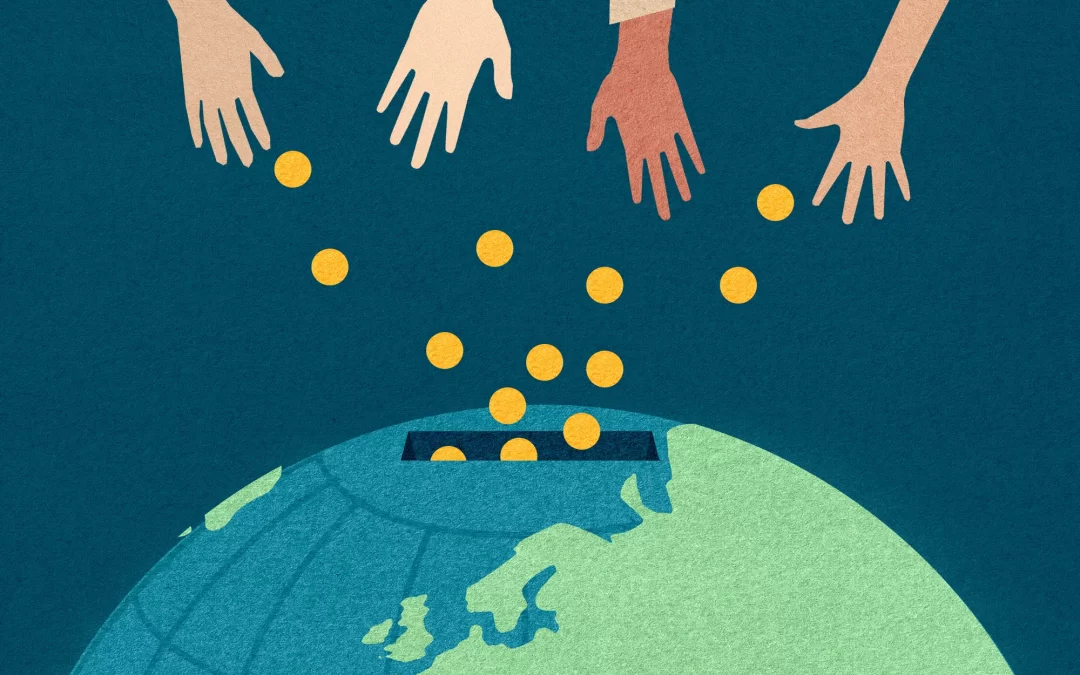Beneath the ocean’s surface, a silent tragedy is unfolding – the bleaching of coral reefs across the Americas. As the world grapples with the impacts of climate change, these vibrant underwater ecosystems are facing unprecedented stress. In this article, we delve into the coral bleaching crisis that is sweeping through the Americas, examining the causes, consequences, and potential solutions to combat this alarming trend.
The Fragile Beauty of Coral Reefs
Coral reefs are not just underwater marvels; they are vital ecosystems that support marine biodiversity and provide livelihoods for countless communities. These reefs are home to an array of species, from colorful fish to microscopic organisms, and they play a crucial role in coastal protection and carbon sequestration.
The Bleaching Phenomenon
Coral bleaching occurs when coral polyps expel the symbiotic algae (zooxanthellae) that provide them with essential nutrients and vibrant colors. This expulsion is often triggered by rising ocean temperatures, pollution, and other stressors. As a result, the corals turn white and become more susceptible to disease and mortality.
The Alarming Trend Across the Americas
Coral bleaching is not a localized issue – it is a global phenomenon with devastating consequences. The Americas, encompassing the Caribbean, Gulf of Mexico, and the Pacific coast of Central and South America, have been particularly hard hit. Warming waters, intensified by climate change, have triggered severe bleaching events that threaten the very existence of these diverse marine ecosystems.
Implications for Marine Biodiversity
The consequences of coral bleaching are far-reaching. Marine biodiversity declines as corals weaken and provide less habitat for fish and other marine species. The ripple effect extends to communities that rely on these reefs for sustenance, tourism, and cultural practices. The loss of coral reefs can disrupt the delicate balance of marine ecosystems and have cascading impacts up the food chain.
Solutions to Combat Coral Bleaching
While the challenges posed by coral bleaching are daunting, there are solutions that can help mitigate the crisis. Promoting sustainable fishing practices, reducing pollution, and establishing marine protected areas are crucial steps to alleviate stress on coral reefs. Additionally, addressing the root cause of coral bleaching – climate change – requires global efforts to transition to renewable energy and reduce greenhouse gas emissions.
Collaborative Conservation Efforts
Addressing the coral bleaching crisis requires collaboration among governments, conservation organizations, scientists, and local communities. Initiatives that focus on monitoring, research, and restoration can help build resilience in coral ecosystems. By engaging stakeholders at all levels, we can pool resources, knowledge, and expertise to develop effective strategies for reef conservation.
Educating and Inspiring Change
Raising awareness about coral bleaching and its consequences is paramount to inspire change. Education campaigns, documentaries, and community engagement can foster a deeper understanding of the importance of coral reefs and the urgent need for action. Empowered individuals can drive demand for sustainable practices and advocate for policies that protect our oceans.
Conclusion
The coral bleaching crisis in the Americas is a stark reminder of the interconnectedness of our planet’s ecosystems and the urgency of climate action. The fate of coral reefs serves as a bellwether for the health of our oceans and the resilience of marine life. By addressing the root causes, fostering collaboration, and championing conservation efforts, we can strive to reverse the trajectory of coral bleaching and ensure a vibrant and thriving underwater world for generations to come.








